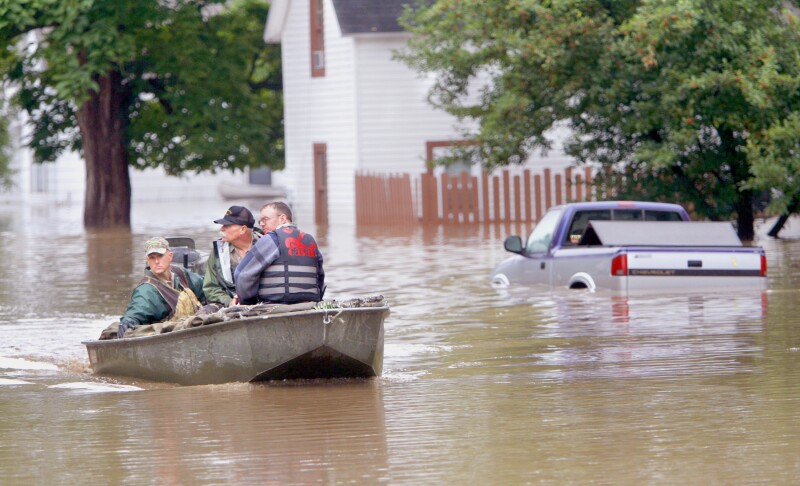Severe flooding in Central Texas over the July 4 weekend resulted in over 100 fatalities, including 28 children, prompting a critical examination of emergency management practices across the region. The Guadalupe River rose more than 26 feet in less than an hour, causing chaos and loss during the night. In the wake of this tragedy, officials are discussing whether improved warning systems, such as sirens, could have prevented such devastating outcomes.
Rochester stands in stark contrast to the affected regions. Its comprehensive flood control infrastructure has protected the city from severe flash floods in the past. In 2007, when torrential rains led to extensive flooding throughout southeastern Minnesota, Rochester was largely spared, while surrounding areas suffered significant damage and loss of life.
The recent events in Texas raise important questions about preparedness and response strategies. According to Captain Jonathan Jacobson of Olmsted County Emergency Management, the effectiveness of sirens in warning residents about flash floods has not been adequately considered. “The last thing I want to do as an emergency manager is to sound sirens for people to go inside when they only have five minutes before water starts pouring in their house,” Jacobson stated.
Lessons from Past Disasters
The catastrophic flooding in Hawaii in 2023 highlighted the dangers of miscommunication during emergencies. When sirens sounded, residents incorrectly assumed it was a tsunami warning and sought higher ground, inadvertently leading them toward the wildfires. This tragic misunderstanding emphasizes the need for clear and effective warning systems.
Minnesota has experienced its share of severe flooding events as well. In August 2007, some areas saw more than 15 inches of rain within 24 hours, resulting in record-setting precipitation and causing extensive damage. The downpour led to mudslides, washed-out roads, and seven fatalities, with damages exceeding $200 million. In response, local authorities, including Winona County, collaborated with the National Weather Service and FEMA to enhance early warning systems. Sensor installations along the Whitewater River now trigger automatic alerts when water levels rise to dangerous heights.
Emergency management officials are now reevaluating their strategies. “We have had initial conversations reviewing our plans, but I feel we have adequate measures in place to warn people,” said Ben Klinger, Winona County Emergency Manager.
Addressing System Gaps and Climate Challenges
Wabasha County officials are particularly focused on the Lake Zumbro Dam, identified as a “high hazard dam.” Brenda Tomlinson, Wabasha County Emergency Director, emphasized the importance of annual drills to test emergency notification systems. The county experienced significant flooding in 2010 when the Zumbro Dam was overwhelmed, leading to widespread evacuations and damage.
Officials point out that climate change is increasingly contributing to more intense and frequent storms. The most recent National Climate Assessment indicates that much of the Midwest has become wetter over the past several decades, with rainfall increasing by 5% to 15%. This trend has led to more severe flooding events, making preparedness even more critical.
Additionally, the recent Texas tragedy has raised concerns about staffing reductions at key weather agencies during the Trump administration, particularly within the National Oceanic and Atmospheric Administration (NOAA) and the National Weather Service. While alerts were issued in a timely manner during the flooding, local officials have acknowledged that the absence of a siren system could have hindered effective communication in a crisis.
Local authorities had considered implementing a siren system but opted against it due to budget constraints. Furthermore, questions have been raised regarding the placement of camps along the flood-prone Guadalupe River, which has a history of severe flooding.
As officials across the nation reflect on these incidents, the need for robust emergency management systems becomes increasingly clear. By learning from past experiences and adapting to the challenges posed by climate change, communities can better prepare for future emergencies and potentially save lives.
